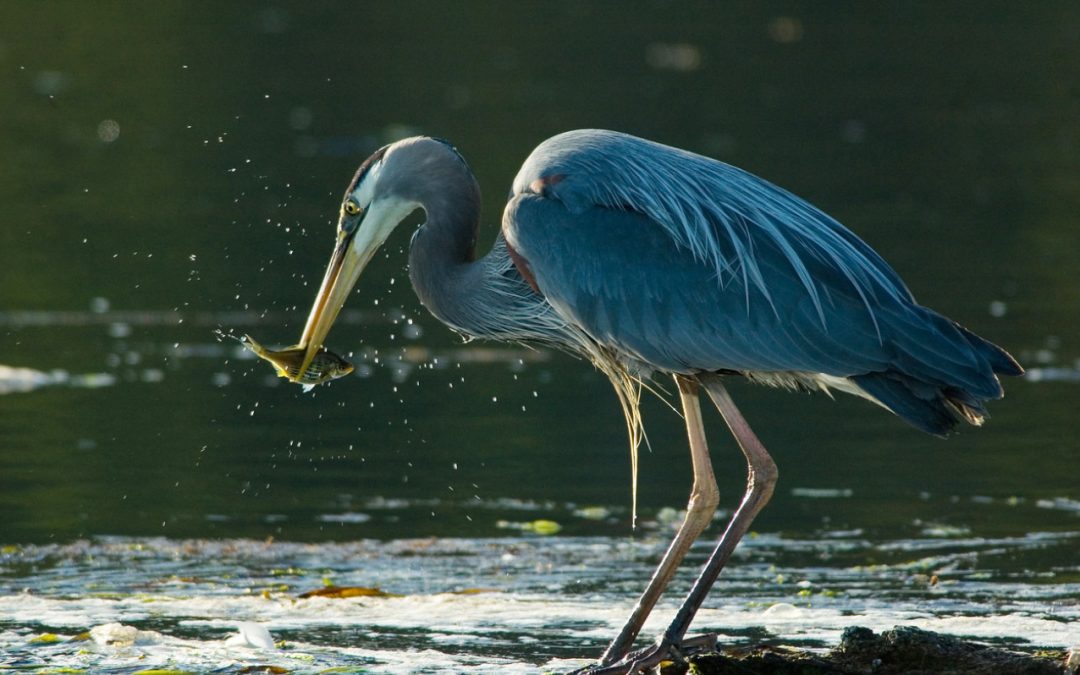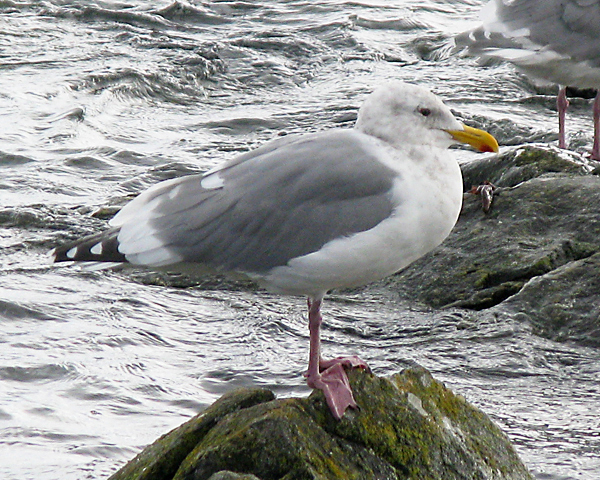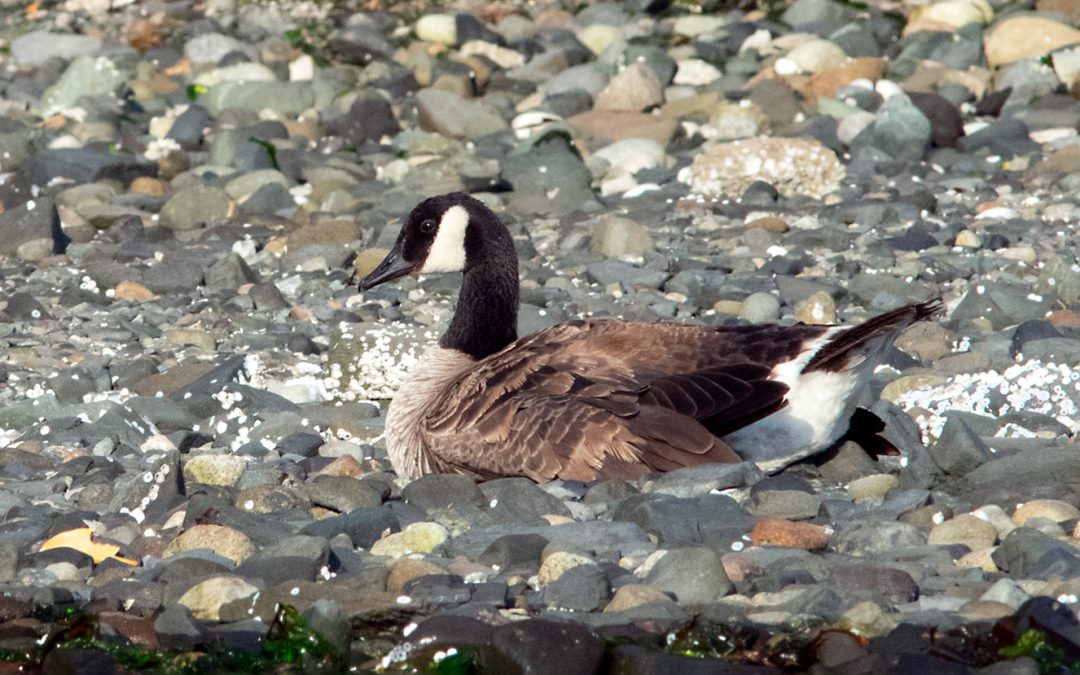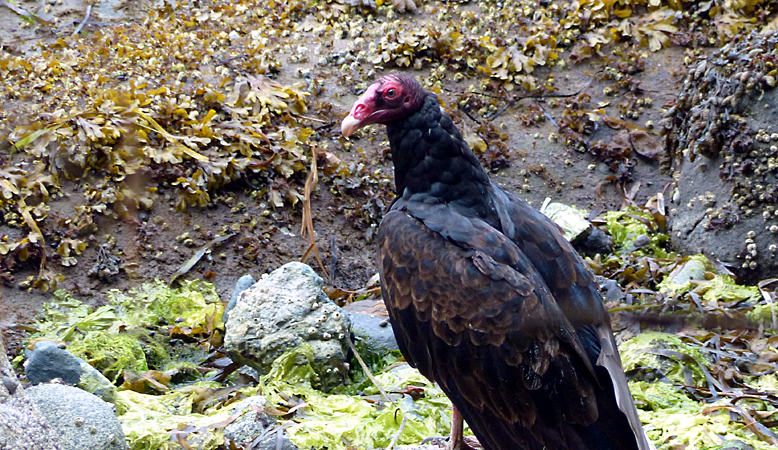
by David Young | Jul 20, 2024 | Birds
Great Blue Heron Author: Thomas Woodruff Photos by Stuart Clarke Scientific name: Ardea herodias Size range: 1m to 1.3m in height with a wingspan up to 2m Identifying features: The bodies of Great Blue Herons are blue-gray in colour while their heads are white with...

by David Young | Jul 20, 2024 | Birds
Harlequin Duck Author: Egor Peshkov and Marlo Osborne-Subasic Scientific name: Histrionicus histrionicus Size: Harlequin Ducks are between 33cm (13 in) and 54cm (21.3 in) long, and weigh 500 grams (1.1lbs) to 726 grams (1.6lbs). Identifying Features: The...

by David Young | Jul 20, 2024 | Birds
Glaucous-winged Gull By Zach Cameron Scientific name: Larus glaucescens Length: 19.7-23.2 in (50-59 cm) from head to tail Wingspan: 47.2-56.3 in (120-143) Weight: 31.7-42.3 oz (900-1200g) Identifying Features: The Glaucous-winged Gull is a sizable bird of the...

by David Young | Jul 20, 2024 | Birds
Canada Goose Author: Coen del Valle Photos by Patrick Dann Scientific Name: Branta canadensis Size Range: 76-110cm Identifying Features: The Canada Goose is a large waterfowl most recognizable for its long, black neck and white cheeks and chinstrap. Due to its...

by David Young | Jul 20, 2024 | Birds
Turkey Vulture Scientific Name: Cathartes aura Author: Graham Benneyworth Size Range: Length: 62-81cm, Wingspan: 160-183cm Identifying features: Long, rounded tail form Bald, bright red or pink head, bald head means meat doesn’t stick to it, red allows it to catch...





